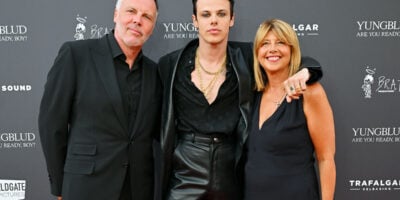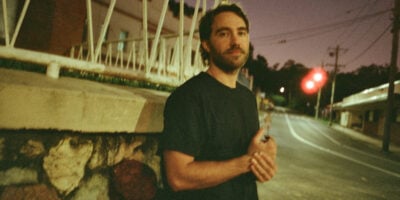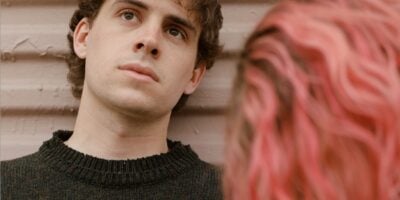There’s prolific, and there’s Tangerine Dream.
Formed in 1967 by the late electronic music visionary Edgar Froese, the German outfit have released more than 100 albums, including scores for Hollywood films Legend, Risky Business and Firestarter. “That’s true,” admits bandmate Thorsten Quaeschning. “If you count all live albums as well, it must be 200-something.” Quaeschning joined the act in 2005, when he was recruited by Froese. “I have on my count, like, 75.”
Tangerine Dream can’t possibly count the number of artists inspired by their work, a list that includes Rock Hall inductees Radiohead and French electronica act M83. Even Michael Jackson was said to be a fan, his ears tuned into Tangerine Dream’s soundtrack for 1977’s Sorcerer. The King of Pop was impressed with their mastery of the Synclavier, and used its sounds on Thriller, the best-selling album in recorded music history.
Many have attended the “Berlin School” of electronic music. Tangerine Dream is the principal.
Where their records hardly bother the sales charts, anyone who has watched movies, TV, or played games since the ’80s will have absorbed their music. Think Stranger Things, Black Mirror: Bandersnatch, and more. For 2013’s Grand Theft Audio V, Tangerine Dream created 35 hours of music. The game had motor, selling over 215 million copies worldwide.

Those hypnotic, brain-chilling sounds will be on full display when Tangerine Dream visit Australia for two rare shows, part of their ‘Continuum Tour 2025’.
Love Music?
Get your daily dose of metal, rock, indie, pop, and everything else in between.
The act, now featuring a lineup of Quaeschning, Hoshiko Yamane, and Paul Frick, will perform at Melbourne’s Max Watt’s on Monday, June 9th, followed by a date Wednesday, June 11th at City Recital Hall, part of the Vivid Sydney program and their first show in the city for 40-plus years.
Each performance ends with a real-time composition lasting anywhere from 20 to 45 minutes. “Every concert is different,” Quaeschning explains on a Zoom from the German capital. “We try to play different setlists for every concert. We normally start with ’74’s Phaedra. And then we’re skipping the ‘90s for our reasons. It’s just not our type of music. And then playing material from the last three, four, five albums.”
How to boil down 135 minutes of playing time from hundreds of recordings? With great difficulty, apparently.
“So even on our last album was double vinyl and the first side of vinyl A and the second side of vinyl B was one track, like 70 minutes, 90 minutes,” Quaeschning says with a laugh. “So, our selections are sometimes shortened versions. We can play it in different tempos as well.”
Expect to hear tunes from the ’70s, ’80s, and after 2005, but not 1972’s Zeit, one of Quaeschning’s personal favourites which “was never been intended to be played live or recreated live.”
The seven-time Grammy Award nominated band have a long road ahead, including a show June 15 in Helsinki with the legendary French electronic artist Jean-Michel Jarre.
That sprawling collection of recorded music should swell in the months ahead. Quaeschning and his bandmates have been at work in the studio. “We have to finish it in October. It’s going to be released, I think, early 2026,” he enthuses. “We’re always recording new music. Sometimes it takes longer, sometimes not. But yeah, we love doing this.”
Tangerine Dream 2025 Australian Tour
Ticket information available here
Monday, June 9th — Max Watt’s, Melbourne
Wednesday, June 11th — City Recital Hall, Sydney

































